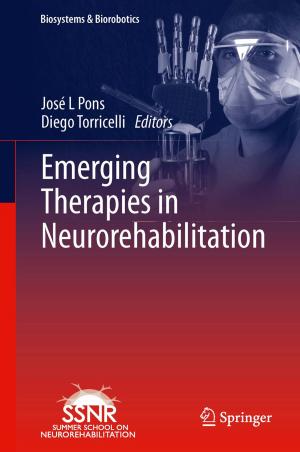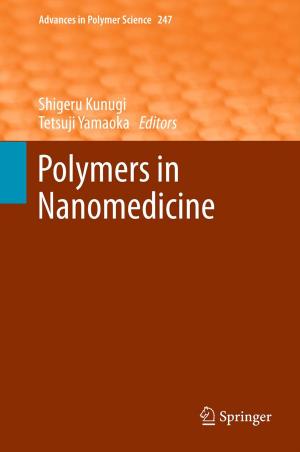Peptide Arrays on Membrane Supports
Synthesis and Applications
Nonfiction, Science & Nature, Science, Other Sciences, Molecular Biology, Biological Sciences, Biochemistry| Author: | ISBN: | 9783662092293 | |
| Publisher: | Springer Berlin Heidelberg | Publication: | March 9, 2013 |
| Imprint: | Springer | Language: | English |
| Author: | |
| ISBN: | 9783662092293 |
| Publisher: | Springer Berlin Heidelberg |
| Publication: | March 9, 2013 |
| Imprint: | Springer |
| Language: | English |
Proteins interacting with diverse ligands - proteins, peptides or DNA - are the basic principles underlying many biological processes, such as antigen-antibody binding, signal transduction or receptor binding.
The technique of oligopeptide synthesis on a cellulose membrane and the subsequent binding assays allow the investigation of protein interactions. A particular advantage of these peptide arrays (SPOT - technology) is the high number of oligopeptide probes that can be tested in parallel. Detailed protocols for peptide synthesis, and the analysis of protein-protein, protein-DNA interactions as well as epitope mapping are presented in this manual. It is ideally suited not only for basic research laboratories but also for diagnostic and therapeutic applications since many diseases are related to dysfunctions in protein recognition and binding.
Proteins interacting with diverse ligands - proteins, peptides or DNA - are the basic principles underlying many biological processes, such as antigen-antibody binding, signal transduction or receptor binding.
The technique of oligopeptide synthesis on a cellulose membrane and the subsequent binding assays allow the investigation of protein interactions. A particular advantage of these peptide arrays (SPOT - technology) is the high number of oligopeptide probes that can be tested in parallel. Detailed protocols for peptide synthesis, and the analysis of protein-protein, protein-DNA interactions as well as epitope mapping are presented in this manual. It is ideally suited not only for basic research laboratories but also for diagnostic and therapeutic applications since many diseases are related to dysfunctions in protein recognition and binding.















